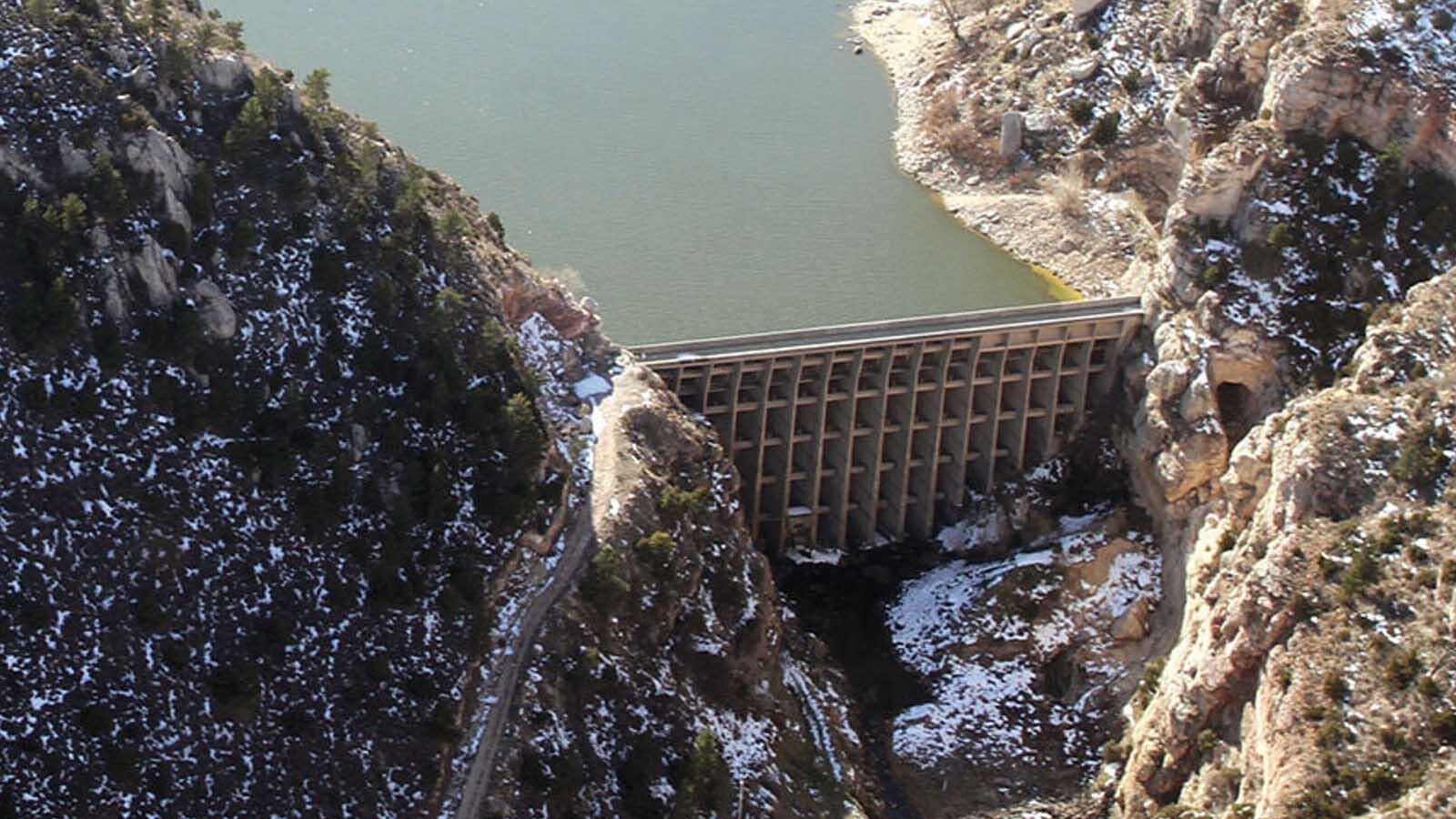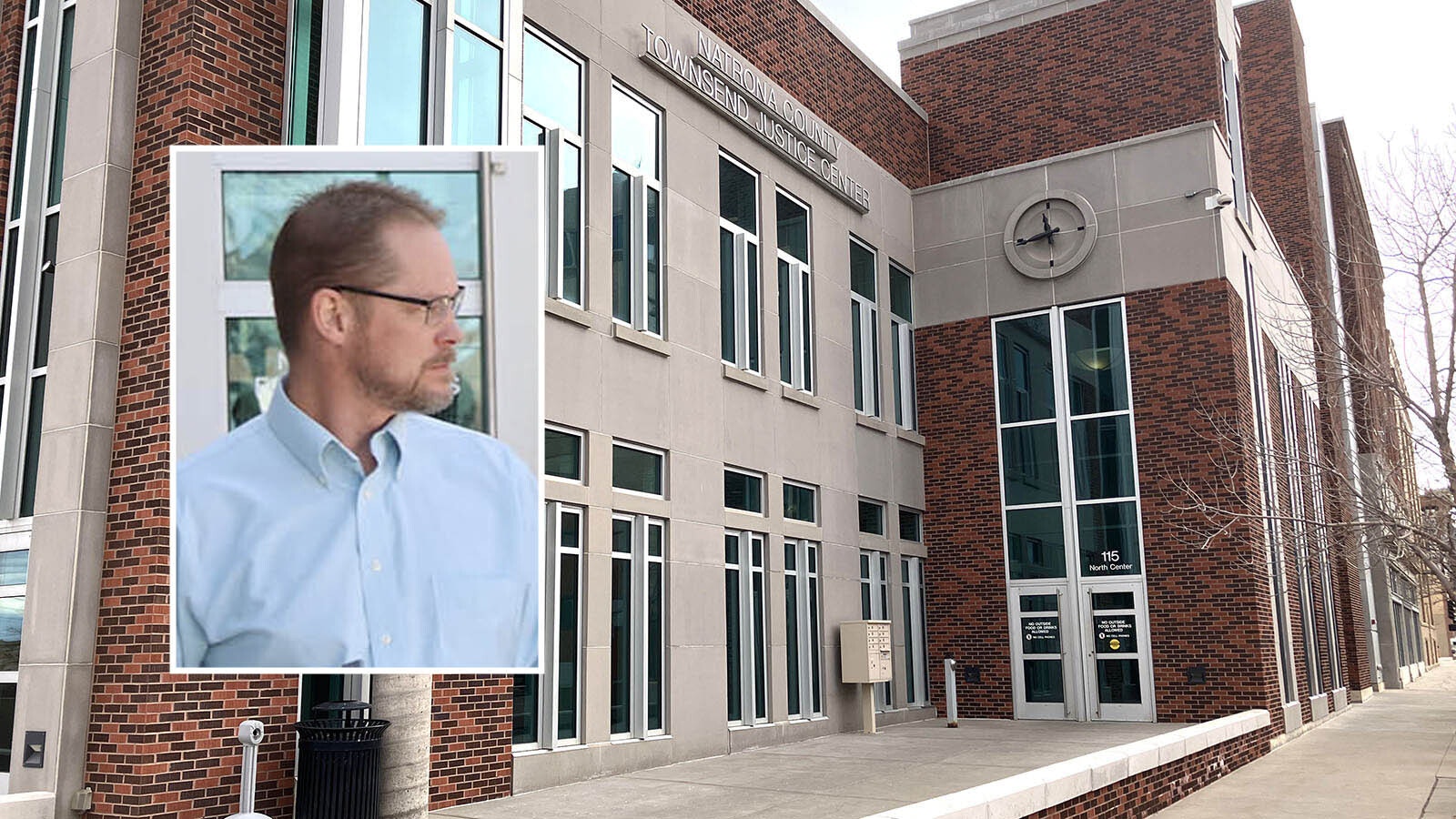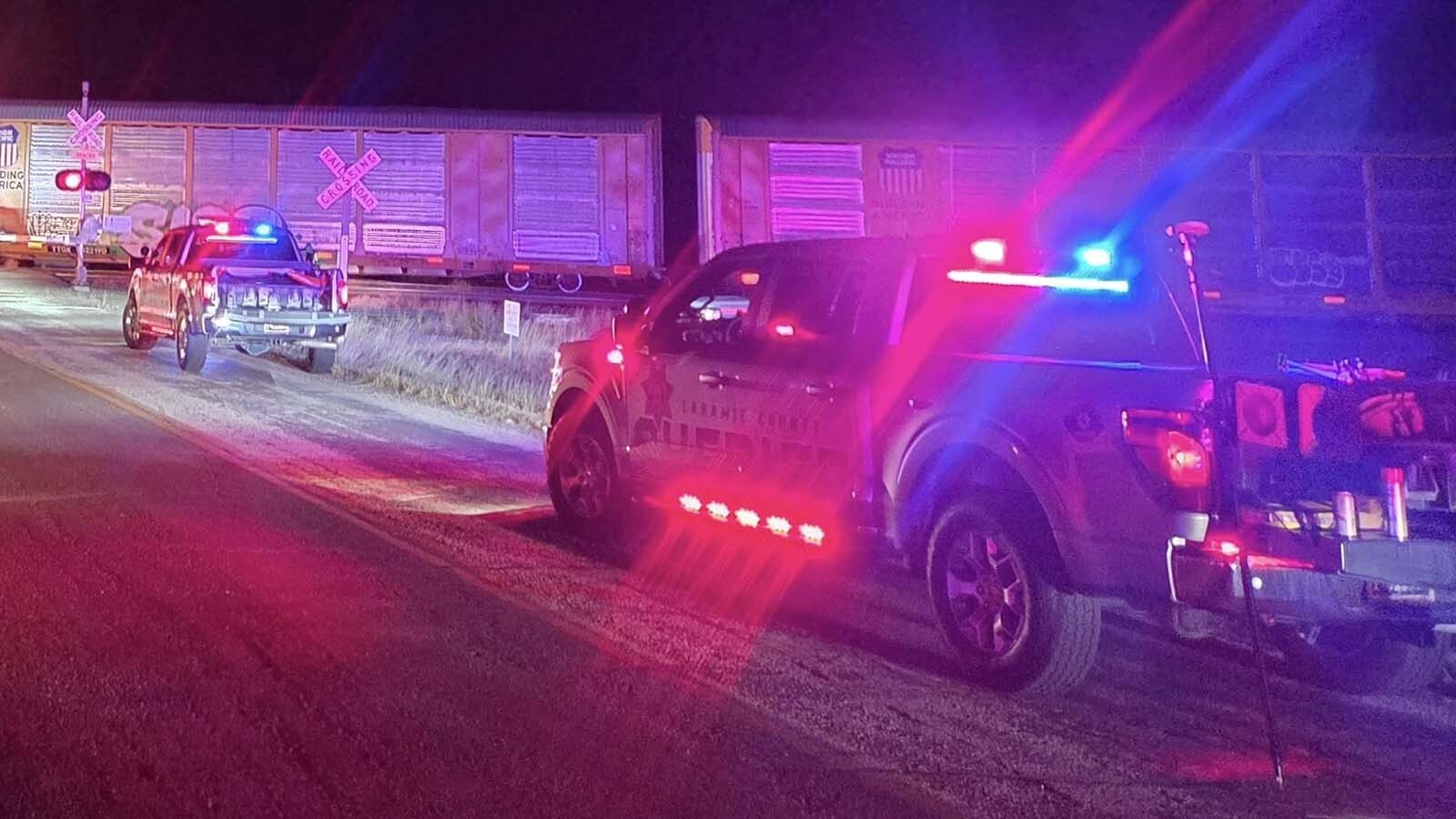The LaPrele Dam in Converse County, initially meant to last 50 years, is now 114 years old and has cracks in it. But progress toward replacing it is inching forward.
It’s expected that the design phase to replace the dam will reach a pivotal “30% complete” mark Jan. 15, one of the project’s engineers told lawmakers Thursday.
The LaPrele Dam was built in 1909, and replacing it took on a fresh urgency in recent years as inspections revealed that it has cracks and other structural flaws.
If the dam were to suddenly give way, the resulting deluge could threaten downstream homes, rip through a key bridge along Interstate 25 and destroy Ayers Natural Bridge Park.
A Better Method Of Building?
Once the design phase for a new dam is 30% complete, it will be time to decide whether to move forward with a traditional “design, bid, build” procedure for the project.
A better way might be to switch to a process called a construction manager at risk (CMAR) procedure, Corey Foreman of the engineering firm HDR Inc. told members of the Wyoming Legislature’s Select Water Committee.
Under that procedure, the main construction contractor can be brought onboard while the project is still in its design phase, Foreman said.
Once the design phase is 60% complete, the construction contractor can give a “guaranteed maximum price” for the project, rather than putting in change orders after construction starts, he said.
The committee made no decision regarding the LaPrele Dam, but voted to recommend CMAR to replace similarly aged water tunnels in the Goshen Irrigation District in Goshen County.
Money for both projects might be included in an omnibus water projects bill expected to go before the full Legislature when it convenes in January for its 2024 budget session.
There’s no exact estimate yet of what it might cost to replace the LaPrele Dam, but it’s been speculated that the project could run as much as $80 million.
Limited Capacity
For now, the dam’s flaws have limited its holding capacity, which in turn could hurt the irrigators who depend upon it.
The dam’s flaws prompted the order restricting its reservoir’s capacity, Wyoming State Engineer Brandon Gebhart previously told Cowboy State Daily. He heads up the state’s dam safety program.
The reservoir’s level is measured according to the elevation at the water’s surface, he said. The reservoir’s level can’t exceed 5,475 acre-feet under the restrictions. That’s about 60% capacity.
At full capacity, the reservoir could hold roughly 20,000 acre-feet of water. An acre-foot is the amount of water it would take to cover an acre of land a foot deep.
About 11,462 acres of agricultural land owned by about 100 users depend upon the reservoir for irrigation.
Only A Few Contractors Can Handle It
Some members of the Select Water Committee questioned the wisdom of switching to the CMAR option this far along in the design process and whether a guaranteed maximum price could be accurately calculated once the design is 60% complete.
But CMAR is what locals in Converse County favor, LaPrele Irrigation District President Gary Shatto told the committee. It would probably be the quickest and most efficient way of tackling the massive project, he said.
“We have discussed the ‘design, build and bid’ process. Now is the time to consider this,” he said. “And we are, as a board, 100% behind the CMAR option. There’s only a handful of contractors out there that can handle a dam of this size. And most of those contractors want to be onboard to handle this process.
“I’ve seen projects where, as the construction went along, it (the price) exceeded the bid and then you’re trying to scramble for more money. I think with the CMAR, we’re going to be able to have more control of that, or at least have a better idea what the whole project is going to cost.”
Mark Heinz can be reached at mark@cowboystatedaily.com.





